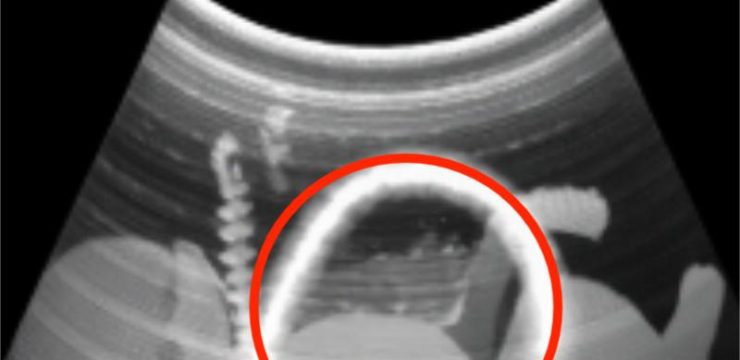Have you ever noticed how some of the simplest problems can end up baffling even the smartest people? There’s something about an old puzzle from 1984 that’s still causing quite the head-scratcher for many. It’s a classic IQ test riddle involving a horse and some trading. Let’s dive into this seemingly straightforward problem and see if you can figure it out!

The Horse Trading Riddle Unraveled
To solve this problem, we need to look at each transaction carefully. Here’s how it goes: A man buys a horse for $60, then sells it for $70, buys it back for $80, and finally sells it again for $90. Sounds simple enough, right? Well, it’s time to break it down step-by-step.
Step 1: Understanding the First Transaction
First, the man buys the horse for $60. Then he turns around and sells it for $70. Let’s calculate his profit from just this transaction.
- Purchase: -$60
- Sale: +$70
- Profit from the First Transaction: $10
So far, so good! The man makes a profit of $10 after buying the horse for $60 and selling it for $70.
Step 2: The Second Transaction
Now, things get a bit more interesting. The man buys the horse back for $80 and then sells it again for $90. Let’s see what happens with this part of the deal.
- Purchase: -$80
- Sale: +$90
- Profit from the Second Transaction: $10
Just like the first time, he makes another $10 in profit.
Adding Up the Profits
Now that we’ve looked at both transactions, let’s tally up the total profit:
- First Transaction Profit: $10
- Second Transaction Profit: $10
- Total Profit: $20
The key is to treat each transaction as a separate event. When you do this, you’ll see that the man ends up with a total profit of $20.
Common Mistakes People Make
It’s no surprise that many people get this problem wrong. There are a few common misconceptions that often lead to incorrect answers.
Misconception 1: Mixing Up Total Transactions with Net Profit
One common mistake is thinking that all these buy-and-sell transactions somehow make the profit calculation more complicated. It’s important to remember that each purchase and sale is independent, and you simply need to add up the profits.
Misconception 2: Ignoring Individual Profits
Another mistake people make is trying to lump all the transactions into one big calculation. This can lead to confusion, making it harder to see the actual profit from each step.
Breaking Down Each Step Further
To make sure everyone’s on the same page, let’s go over the steps again with a detailed breakdown.
- First Transaction: Buy for $60, sell for $70. Profit = $10.
- Second Transaction: Buy back for $80, sell for $90. Profit = $10.
- Combined Profit: $10 + $10 = $20.
Visualizing the Problem
If you’re more of a visual learner, imagine two separate timelines for each transaction. It helps to picture them separately to see how the profits accumulate.
- First Timeline: Starts with -$60 and ends with a profit of +$10 after selling for $70.
- Second Timeline: Starts with -$80 and ends with another profit of +$10 after selling for $90.
The Historical Context of IQ Tests
Puzzles like this one are often used in IQ tests to assess problem-solving skills. This particular problem, originating in 1984, is a perfect example of how even a seemingly simple scenario can challenge our logical thinking and understanding.
How IQ Test Puzzles Have Evolved
IQ tests have changed a lot over the years. They’ve evolved to include everything from math-based puzzles like this one to questions that test logical reasoning. What makes this horse trading riddle so fascinating is that it looks easy on the surface, but requires careful thought to solve.
Why This Riddle Stands Out
This riddle stands out because of its straightforwardness—there’s no complicated math involved, just basic arithmetic and a clear understanding of profit and loss. But as simple as it sounds, it trips up many people because it requires breaking the problem down step by step.
Final Thoughts
Solving puzzles like this classic horse trading riddle can be both fun and enlightening. It’s a great reminder that sometimes the simplest problems demand the most precise thinking. If you approached this problem differently, you’re not alone—thousands have been stumped by this one!
Next time you come across a tricky puzzle, remember to take it one step at a time, break it down, and avoid jumping to conclusions. After all, solving riddles is all about patience and methodical thinking. Happy puzzling!





